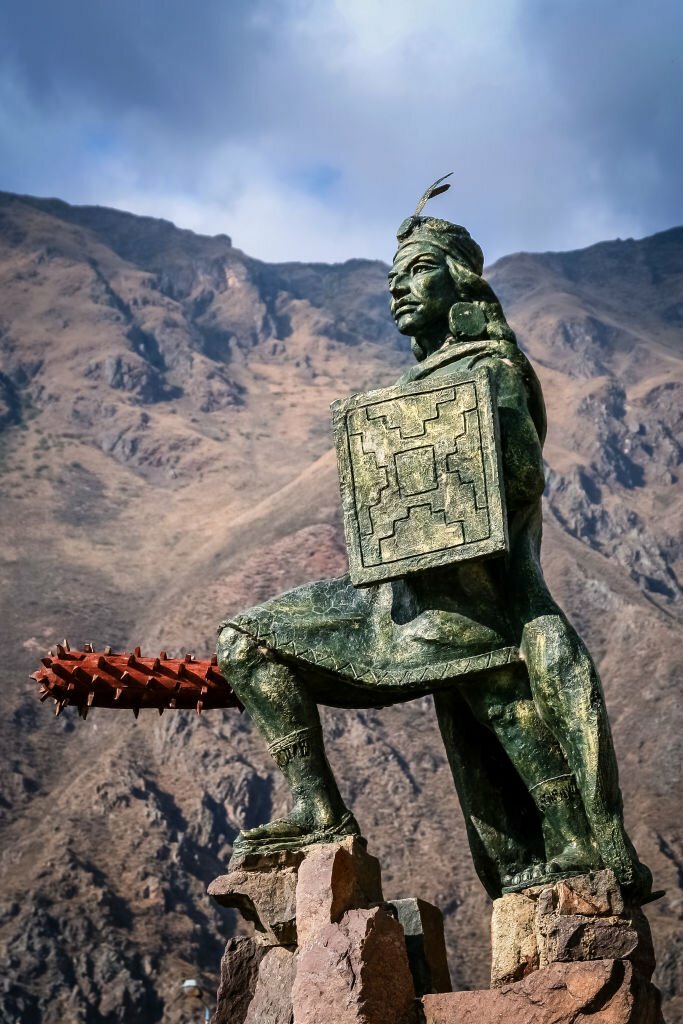The Inca Empire, one of the largest and most sophisticated pre-Columbian civilizations, was not without its share of conflict and military campaigns. The Inca Wars, a series of conquests and battles, played a pivotal role in shaping the expansive realm of the Inca Empire. In this exploration, we delve into the complex tapestry of Inca military history, examining the motivations, strategies, and legacies of the Inca Wars.
1. Expansion and Unification:
The origins of the Inca Wars can be traced back to the ambitious expansionist policies of the Inca rulers, who sought to unify disparate ethnic groups and territories under a single imperial authority. Pachacuti, the ninth Sapa Inca, is credited with initiating a period of military conquests that would ultimately lead to the establishment of the vast Inca Empire.
2. Pachacuti’s Vision:
Pachacuti, often referred to as the “Inca Yupanqui” or “Earth-shaker,” is a central figure in Inca military history. His strategic vision and military prowess were instrumental in transforming the Inca state from a regional power into a formidable empire. The conquests orchestrated by Pachacuti laid the foundation for the imperial ambitions of his successors.
3. Territorial Expansion:
The Inca Wars were characterized by a relentless campaign of territorial expansion. The Inca armies, organized along strict hierarchical lines, undertook campaigns to conquer neighboring regions and bring them into the fold of the Inca Empire. The conquered territories were integrated into the administrative structure of the empire, contributing to its economic and cultural diversity.
4. Military Organization:
The organization of the Inca military was a highly structured and disciplined system. Soldiers, known as “ayllus,” were drawn from different ethnic groups and regions. The military elite, known as the “Runa Suyu,” played a crucial role in maintaining order and overseeing the strategic aspects of warfare.
5. Tactics and Strategy:
Inca military tactics were characterized by strategic planning, mobility, and the effective use of terrain. The Inca armies were adept at adapting to different environments, employing a combination of infantry and specialized units. Fortifications, such as those found at Ollantaytambo, showcased the Inca’s ability to create formidable defensive positions.
6. Resistance and Revolts:
While the Inca Empire expanded rapidly, it was not without challenges. Some regions resisted Inca conquest, leading to rebellions and uprisings. The Inca armies had to contend with both external threats and internal dissent as they sought to solidify their control over the diverse territories of the empire.
7. Legacy of the Inca Wars:
The Inca Wars left an indelible mark on the history of the Andean region. The vast empire that emerged from these conflicts spanned a diverse landscape, from the high mountains of the Andes to the coastal deserts and tropical lowlands. The Inca’s ability to integrate conquered peoples into a cohesive imperial structure contributed to the endurance of the empire.
8. Spanish Conquest:
The Inca Wars took an unexpected turn with the arrival of the Spanish conquistadors led by Francisco Pizarro. The encounter between the Inca forces and the technologically advanced Spanish troops, coupled with the devastating impact of introduced diseases, hastened the downfall of the Inca Empire. The Battle of Cajamarca in 1532 marked a significant turning point, leading to the capture of the Inca ruler Atahualpa.
9. Cultural Resilience:
Despite the ultimate defeat of the Inca Empire by the Spanish, elements of Inca culture, language, and traditions endured. The resilience of Inca identity can be seen in the continued presence of Quechua-speaking communities and the preservation of Inca archaeological sites and artifacts.
In conclusion, the Inca Wars stand as a testament to the complex interplay of conquest, resistance, and adaptation that characterized the rise and fall of the Inca Empire. The military campaigns of the Inca rulers, driven by a vision of imperial unity, left an enduring legacy that shaped the cultural landscape of the Andean region. The echoes of the Inca Wars reverberate through the centuries, inviting us to contemplate the intricate tapestry of conquest and resilience that defined this remarkable civilization.
Book your ticket here.










Comment (0)